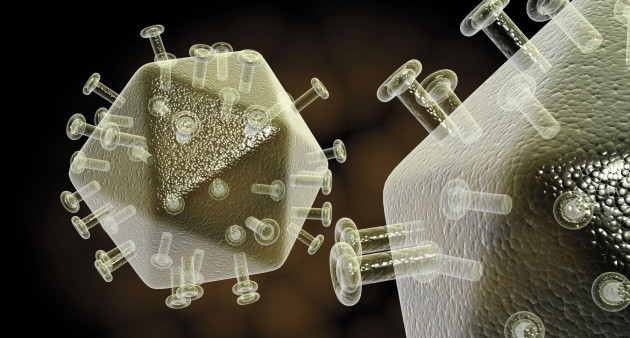People with HIV who use antiretroviral regimens containing dolutegravir are unlikely to develop drug resistance, but the chances are higher if it is used alone or with a companion drug that is not fully active, according to study results published in The Lancet HIV.
Dolutegravir—sold alone as Tivicay and a component of the Dovato (dolutegravir/lamivudine), Juluca (dolutegravir/rilpivirine) and Triumeq (dolutegravir/abacavir/lamivudine) single-tablet regimens—is a potent second-generation integrase inhibitor with a high barrier to resistance. It is recommended as a first-line option in U.S. HIV treatment guidelines, and it is one of the most widely used HIV medications worldwide.
Tom Loosli, MSc, of University Hospital Zurich, and colleagues combined data from multiple HIV cohorts to examine patterns of drug resistance mutations and to identify risk factors for dolutegravir resistance.
The RESIST study looked at data from eight cohorts in Canada, France, Germany, Italy, the Netherlands, Switzerland, South Africa and the United Kingdom. The analysis included 599 people taking dolutegravir-based antiretroviral therapy (ART) who had a detectable viral load and underwent genotypic resistance testing. Of these, most (85%) were on three-drug dolutegravir regimens, 12% were on two-drug regimens and 18 (3%) were on dolutegravir monotherapy—not recommended in any guidelines. Most (80%) were treatment-experienced and had switched to dolutegravir from another regimen, and about one third had previously used first-generation integrase inhibitors.
Overall, 86 people (14%) had a detectable integrase resistance mutation, and 20 people (3%) had more than one. Nonetheless, 94% had HIV that was still fully susceptible to dolutegravir, meaning the drug likely would have reduced activity in the remaining 6%. Of these, 1% had potential low-level resistance, 1% had confirmed low-level resistance, 3% had intermediate-level resistance and 1% had high-level dolutegravir resistance. People who previously used integrase inhibitors had a higher likelihood of integrase resistance mutations and dolutegravir resistance mutations specifically, but the difference was not statistically significant.
Not surprisingly, the risk of dolutegravir resistance was greatest for people who used dolutegravir alone. The risk was also higher for people who used a dual regimen of dolutegravir plus lamivudine. Of note, resistance was more likely among people with mutations conferring resistance to nucleoside reverse transcriptase inhibitors (NRTIs), which would mean dolutegravir did not have a fully active partner or was even essentially acting as monotherapy. In fact, about one third of those with dolutegravir resistance also had NRTI resistance. There was a weaker association with resistance to non-nucleoside reverse transcriptase inhibitors (NNRTIs). In addition, people with HIV subtype B (the one most common in the United States and Europe) were less likely to develop dolutegravir resistance.
“Among people with viremia on dolutegravir-based ART, [integrase inhibitor] drug resistance mutations and dolutegravir resistance were rare,” the study authors concluded. “NRTI resistance substantially increased the risk of dolutegravir resistance, which is of concern, notably in resource-limited settings.”
Based on these findings, they added, “Monitoring is important to prevent resistance at the individual and population level and ensure the long-term sustainability of ART.”
Click here for more news about HIV treatment.







Comments
Comments